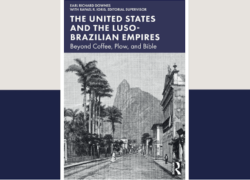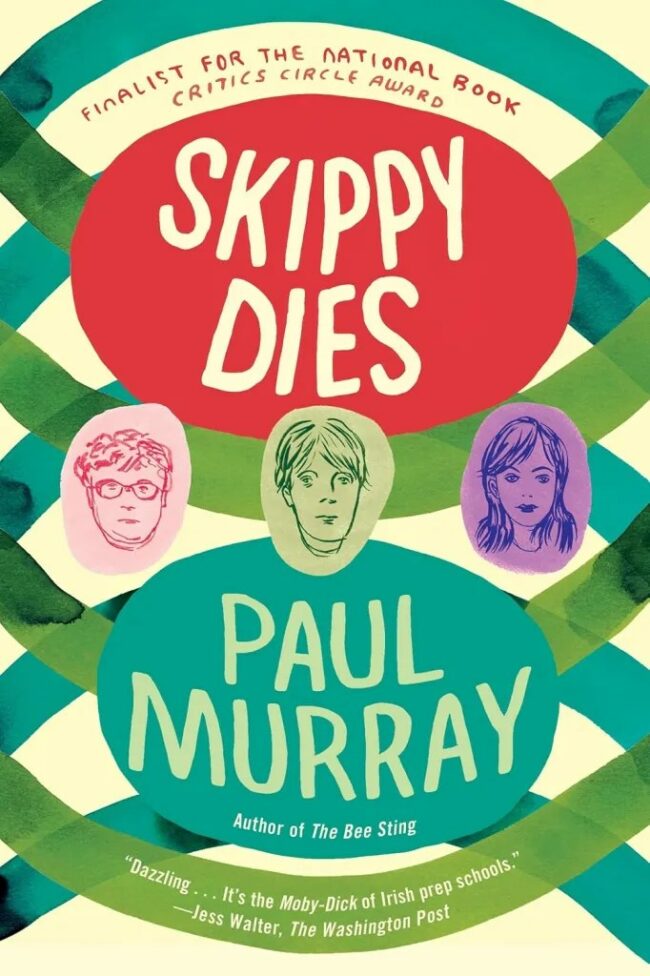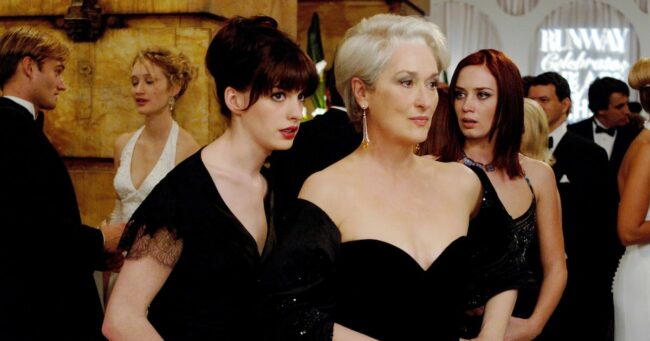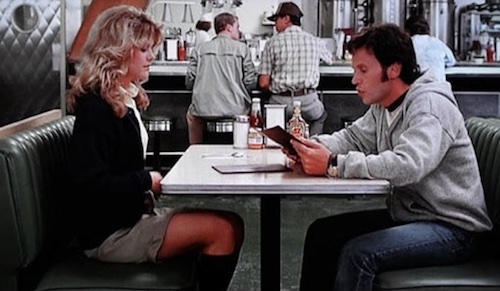These are the books, movies, and music that flew off FVRL shelves in 2025
… thoughtful and accessible self-help book sparked conversations and inspired … dominating the children’s comic book market.
His more recent … most popular children’s book of the year for … Teddy Swims
Complete collections of books, movies, and music available …










